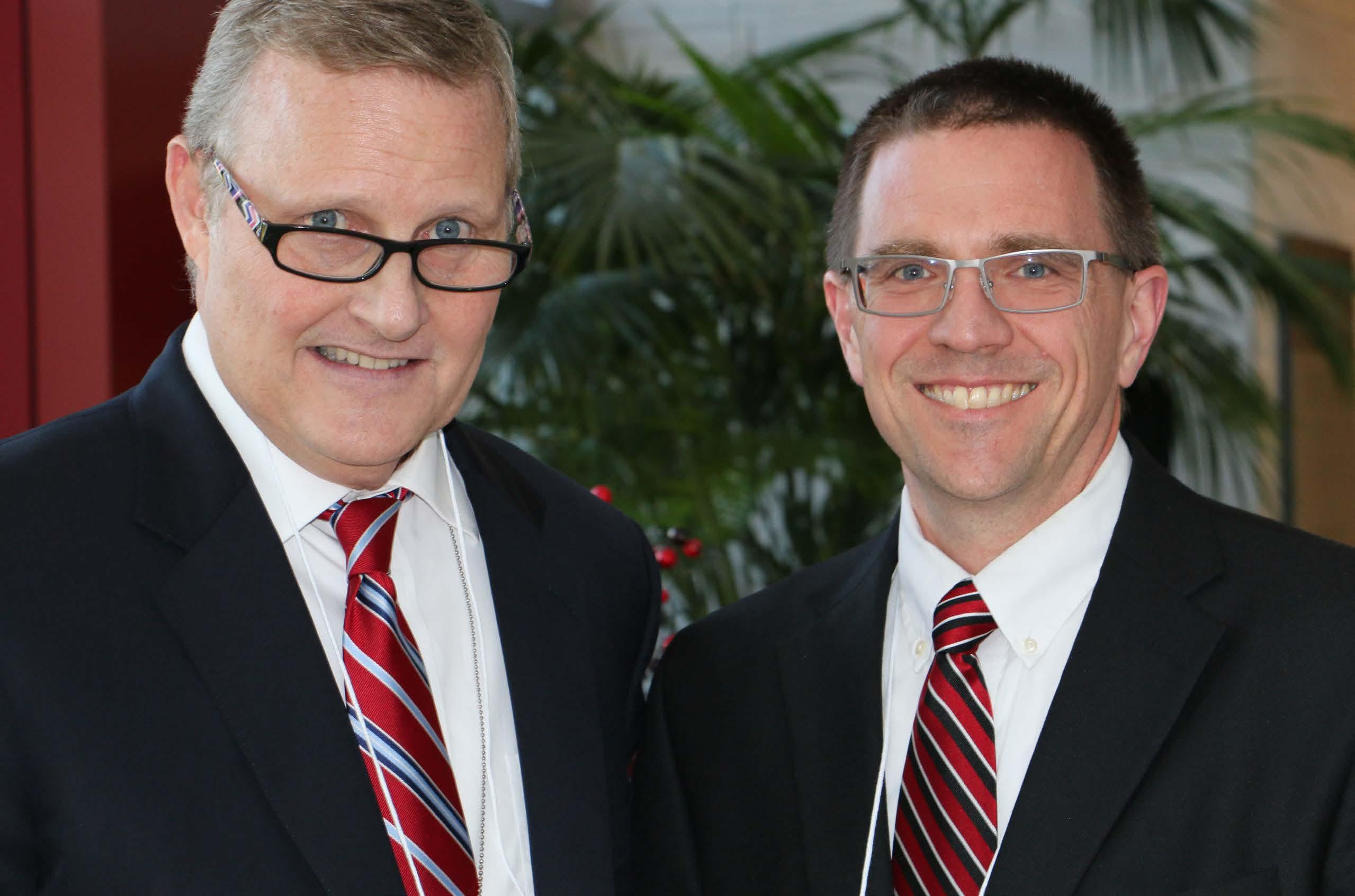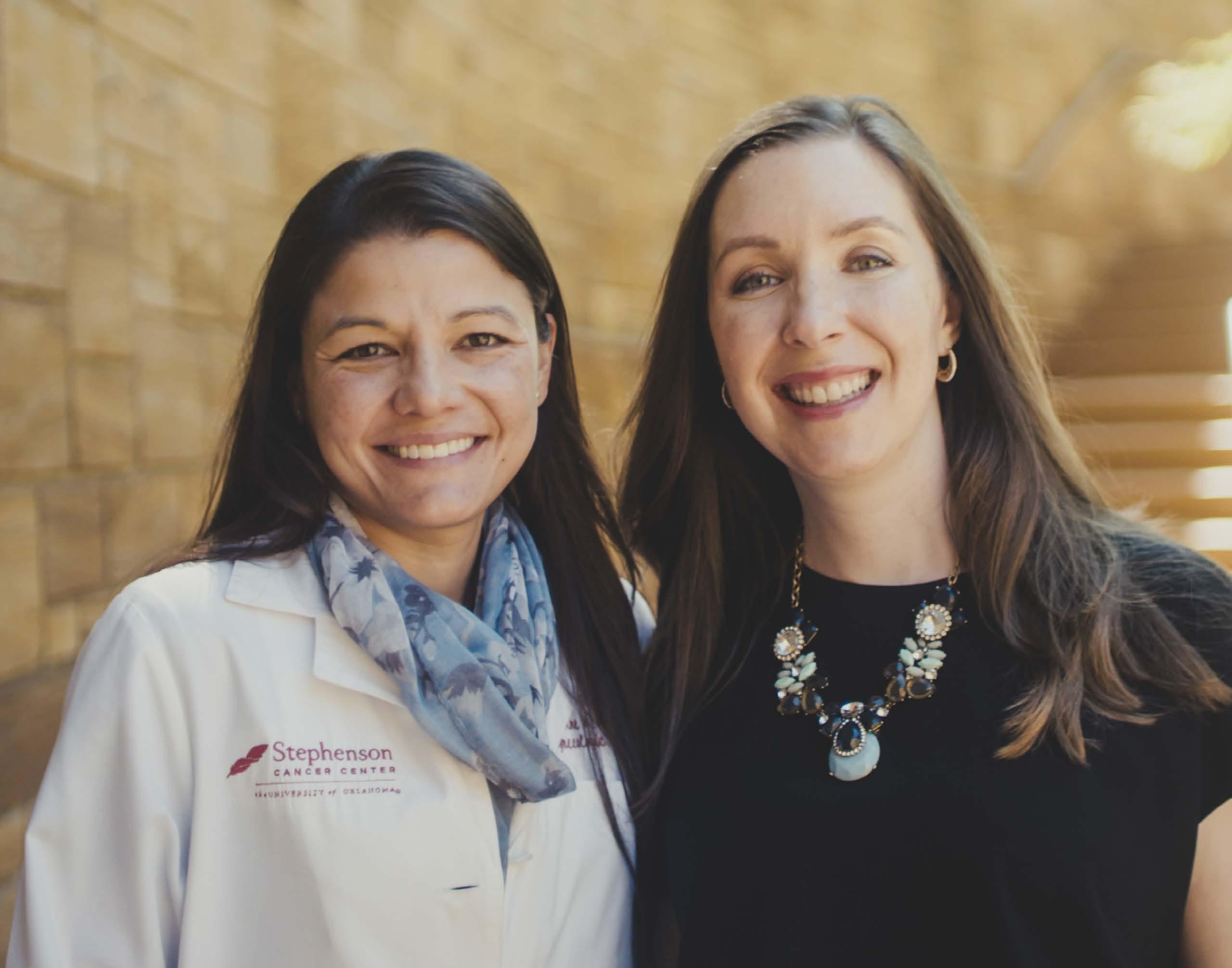PATIENT CARE
move ahead of transplant as a treatment because of its ability to use the patient’s own immune system rather than someone else’s. The Stephenson Cancer Center will be participating in several such clinical trials. CAR-T joins a growing collection of resources at Stephenson Cancer Center. Since earning National Cancer Institute designation last year, Stephenson is among the top 2% of cancer centers in the nation and is a leader in improving the level of care and quality of life of patients with cancer. “Our resources and personnel are unmatched because of NCI designation,” Selby said. “CAR-T is among the first of many good things to come out of NCI designation for the Stephenson Cancer Center.”
Thoracic Surgeons Offer Minimally Invasive Lung Cancer Surgery Kathy Shaw of Oklahoma City was less than six months out from treatment for breast cancer when she learned that she had nodule on a lobe of her lungs that was cancerous. It was more than she could bear to think about. She had just undergone a double mastectomy, chemotherapy and radiation, and the idea of undergoing another major surgery was disheartening. She was told that lung cancer surgery would involve a large incision, the spreading of her ribs to access the lungs and a lengthy hospital stay and recovery. “I went ahead and made the appointment for the surgery, but in my heart, I didn’t feel like I would go through with it,” she said. Instead, she began looking for another option. That search led her to thoracic surgeon J. Matthew Reinersman, M.D., an assistant professor in the Department of Surgery in the OU College of Medicine. Reinersman and his colleague Subrato J. Deb, M.D., are the only two surgeons in Oklahoma who specialize in a minimally invasive surgery for lung cancer called VATS – Video-Assisted Thoracoscopic Surgery. The surgery, which requires only three small incisions, removes the cancer while giving patients a much shorter hospital stay, less risk for complications and faster recovery. “I had the VATS surgery, and I went home after two days,” Shaw said. “I think I took one or two pain pills, but I didn’t experience what I would call real pain. Because of the procedure and Dr. Reinersman, my recovery has been pretty remarkable.” Reinersman has been performing VATS for patients with lung cancer since he arrived at the OU College of Medicine four
Kathy Shaw of Oklahoma City underwent VATS, a minimally invasive surgery.
years ago. Studies have shown VATS to result in outcomes that are just as good as those in a traditional, open surgery, but with all the benefits of a minimally invasive procedure. In the traditional procedure for removing cancers of the lung, surgeons make a large incision on the patient’s side and push apart the ribs to reach the lungs. This results in significant pain for the patient and a hospital stay of at least five to seven days, which then leads to greater risk of pneumonia, blood clots and infections. During VATS, Reinserman makes three small incisions to insert a tiny camera and his surgical instruments. The camera transmits images of the lungs onto a video screen to guide the surgery. Depending on the location of the cancer, he may remove a small part of the lobe, the entire lobe or more of the lung. Nearby lymph nodes also are dissected to ensure the cancer has not spread. “The advantage is that we can get patients out of the hospital as soon as one to three days after the procedure,” Reinersman said. “They have less pain, fewer side effects and can return to their normal activities faster.” The reduction of pain is a significant advantage of VATS. Patients having open surgery for lung cancer usually receive
[ Fa l l / Wi n t e r 2 019 ]
19











































